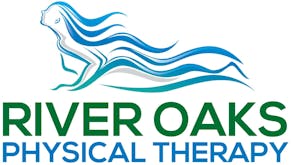Role of Physical Therapy on Heart Health
Role of Physical Therapy on Heart Health The impact of heart disease is significant, since it affects the quality of life. According to the Centers for Disease Control and Prevention (CDC), cardiovascular disease is the leading cause of death in the United States; one in every three deaths is from heart disease and stroke, equal […]

